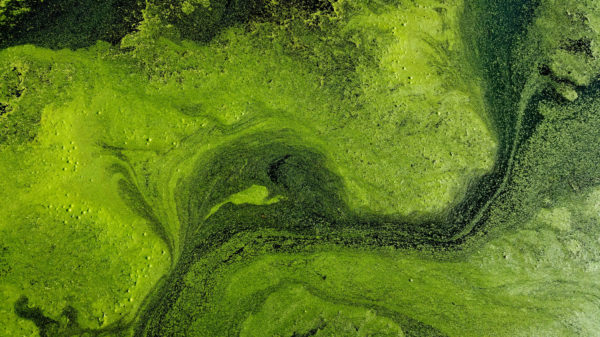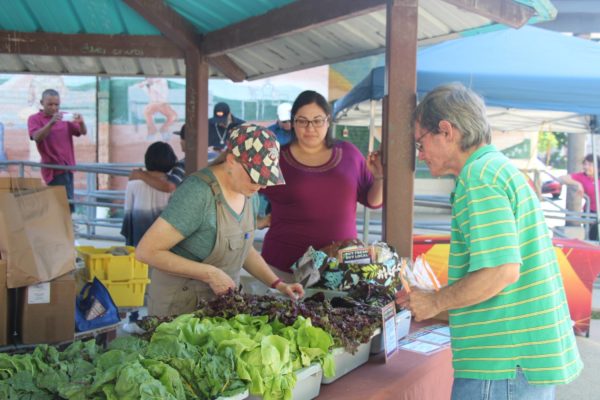Did you know that the by-products of conventional cotton production go back into our food supply?
Key Issues
- Cotton is considered the world’s dirtiest crop due to its heavy use of pesticides. Aldicarb, cotton’s second best-selling insecticide and most acutely poisonous to humans and wildlife, was phased out of use in the U.S. from 2014-2018 after 16 states reported it in their groundwater. However, Aldicarb is still used in 25 countries.
- Worldwide, cotton covers 2.5% of the cultivated land and cotton growers use 16% of the world’s pesticides. Eight of the top 10 pesticides most commonly used on U.S. conventionally produced cotton were classified as moderately to highly hazardous by the World Health Organization.
- Cotton is one of the top four GMO crops produced in the world which includes soy, canola, and corn. GMO cotton production ranks ninth in global crop production.
- On average, 90% of U.S. cotton in 2010 was genetically engineered, according to a USDA survey. However 95 to 98% of all cotton is now genetically engineered in nine of the eleven cotton-producing states surveyed. (Source USDA Economic Research Service, July 1, 2011.)
9 Ways Cotton Is In Our Food Supply
65% of conventional cotton products end up in our food chain, directly through food oils or indirectly through the milk and meats of animals feeding on cotton seed meal and cotton gin by-products. GMO and Bt cotton by-products generated during the manufacture of conventional cotton wreak havoc on our food chain. These by-products are commonly known as “Gin Trash,” which consists of cotton seed, stalk, leaves, burrs, twigs, dirt and everything else left over from cotton textile production. This “Gin Trash” is sold to food companies to undergo further processing to create cotton seed oil, additional additives and fillers in livestock feed, and soil compost mix. Additionally, the waste from the processing goes directly into our water supply.

Here are just some ways that cotton infiltrates our food supply:
- Although cotton is not a food, cotton seed oil is produced for human consumption.
- Cottonseed oil is used to produce vitamin E.
- Cottonseed oil is the primary ingredient in Crisco.
- Cottonseed meal is fed to animals for dairy and meat production.
- Leftover cotton cellulose fibers that are too short to be spun into textiles are used as food additives.
- Cellulose from cotton fibers is added to a wide range of foods to thicken and stabilize the products.
- Cellulose is used as a filler to extend serving sizes without increasing calories. Humans can’t break down or digest cellulose so it’s being used to meet the demand for low-calorie, high-fiber foods.
- Cellulose, which is basically a plastic, has migrated into numerous foods including cheese, cream, milk powder, flavored milks, ice cream, sherbet, whey products, processed fruits, cooked vegetables, canned beans, pre-cooked pastas, pre-cooked rice products, vinegar, mustard, soups, cider, salads, yeast, seasonings, sweeteners, soybean products, bakery items, breakfast cereals, including rolled oats, sports drinks, and dietetic foods as a non-caloric filler.
- Some brands of pizza cheese consist of cellulose coated cheese granules combined with silicon to aid in melting.
Your shopping choices make a difference!
A personal choice to support organic agriculture is crucial. The first priority is to start with organic foods, but we must also prioritize organic standards for household products. By supporting an organic agricultural system for all products, we are protecting our food supply from toxic and non-natural chemicals. Organic regulation and standards follow strict guidelines in the farming process to protect our health and the world’s ecosystem. As consumers, we can set the example by choosing certified organic for our food, clothing, and cotton textile needs. Our shopping choices affect the cotton industry by increasing demand for pure, safe, organic products.

When you shop for cotton products, remember that “All Natural” cotton or fibers are not necessarily chemical-free or GMO free, because the processing of cotton textiles relies heavily on toxic and hazardous chemicals. Traces of these chemicals can remain in fabrics after washing, and these chemicals can cause an array of health problems.
“All Natural” food and personal care products are not certified organic unless they carry the USDA seal. Read labels carefully to be sure that you are buying the highest standards in food, personal care, and textiles for the health of your family and the environment.
The next time you are shopping for clothing, bedding, or personal care products, choose wisely and shop certified organic exclusively for your family’s health and to protect the planet and our food supply. Know that you can make a difference in our food system by choosing organic.
